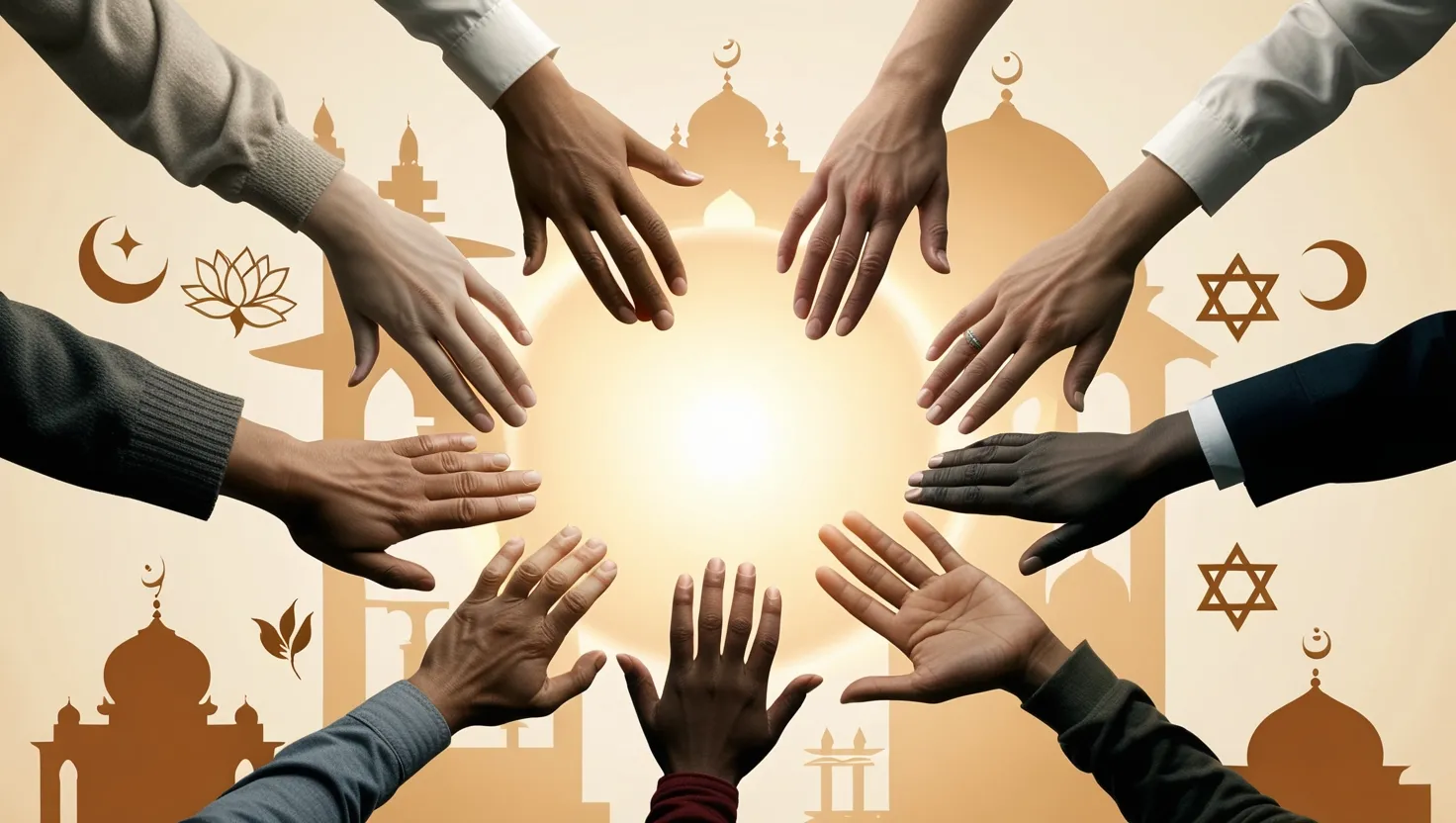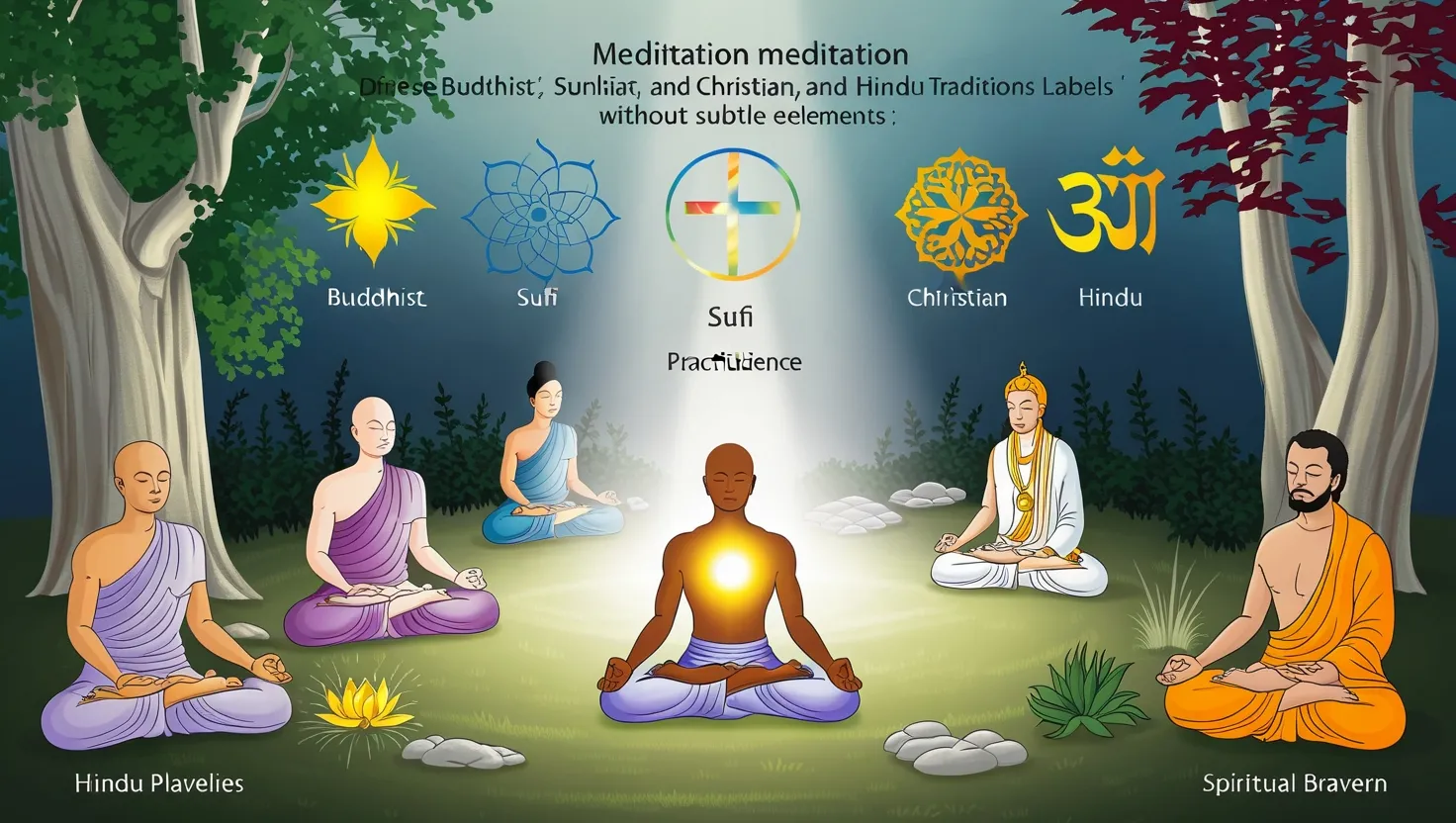If you’ve ever wondered why some of the most profound teachings in the world’s religions revolve around compassion, you’re not alone. Compassion isn’t just a soft sentiment, it’s a powerful charge to act—and that message rings out across cultures and centuries. No matter where you look, ancient texts and modern initiatives alike lean on one central truth: real change starts when care meets action.
What’s so unusual about compassion in religious traditions is how it’s expected to leave the prayer hall and become visible in daily life. Consider Buddhism, where “Karuna,” often translated as compassion, is a responsibility. It isn’t simply feeling sorry for someone else. As I’ve seen in countless Buddhist communities, monks and lay followers alike move beyond meditation cushions to initiate community kitchens, healthcare camps, and reforestation projects. Here, mindfulness translates into mindful service. “Thousands of candles can be lit from a single candle, and the life of the candle will not be shortened. Happiness never decreases by being shared.” That ancient Buddhist saying isn’t just poetic; it’s a playbook. The deeper point? If our insight stays locked within, untouched by the needs around us, what is it really worth?
This sense of duty, to turn contemplation into service, isn’t unique to the East. In Christianity, the parable of the Good Samaritan looms especially large. Jesus doesn’t just preach mercy—he paints a scenario that forces us to ask: Who is my neighbor, and how far must my kindness reach? Picture this: someone from a politically or culturally opposed group steps out of their schedule to rescue a stranger in distress, tending their wounds and providing shelter. It’s ordinary yet radical. Christians built entire institutions on these teachings—hospitals, food banks, and orphanages trace their lineage to the belief that every hungry, sick, or homeless person is Christ in disguise.
Let me ask you this: How do you respond when compassion threatens your convenience or crosses into discomfort? That’s the threshold most world religions ask us to cross. Compassion, in their best moments, isn’t measured by feeling but by what you do when it costs you something.
Islam turns compassion into a social principle with the practice of Zakat. Here’s something many don’t realize: Zakat isn’t an optional act of generosity, it’s an obligation, fixed at 2.5% of one’s accumulated wealth each year. This isn’t the same as tossing spare change into a jar. Through Zakat, schools are funded, hospitals sustained, widows and orphans supported throughout the Muslim world. Let’s put ourselves in that frame: imagine your annual budget recalculated so your community’s well-being gets first priority. What would our societies look like if compassion were embedded in our financial planning?
The prophet Muhammad once said, “He is not a believer whose stomach is filled while the neighbor to his side goes hungry.” That’s a pointed reminder. In Islamic tradition, compassion is justice, not just charity. The idea is that systemic solutions matter as much as immediate relief.
Judaism provides yet another distinctive perspective. There’s a rich concept known as “Tikkun Olam,” which literally means “repairing the world.” What does this look like in action? It’s not only about private acts of kindness, but active involvement in restoring justice when things break down. I’ve witnessed this ethos at work in Jewish communities across continents: they mobilize to offer sanctuary for refugees, stand at the forefront of disaster relief, and rally to defend human dignity where it is threatened. The call isn’t just to help individuals but to fix broken systems—world repair, one act at a time.
“Do not be daunted by the enormity of the world’s grief. Do justly, now. Love mercy, now. Walk humbly, now. You are not obligated to complete the work, but neither are you free to abandon it.” These words from the Talmud balance urgency with humility, a paradox that many religious activists confront: even if your effort is a drop in the ocean, it still matters.
Then there’s the Indian tradition of Seva in Hinduism, which links compassion with spiritual discipline. The word “Seva” means selfless service—helping not for recognition, but for the sake of service itself. This isn’t just a suggestion; it’s an integral part of many Hindus’ spiritual journey. I’ve attended temple-run meal programs (“langars”), health camps, and free schools where service is as routine as prayer. The distinction here? Helping others is a way to cleanse the ego and recognize the presence of the divine in every face you see. How might our lives change if every helping act was seen as an encounter with the sacred?
Let’s pause—when was the last time you gave without expecting anything in return? How do you react when your efforts go unnoticed, or even unappreciated?
You might think strict rituals would curb compassion, but these religious systems prove the opposite. Institutionalized kindness—whether through Buddhist charity clinics, Christian hospitals, Islamic alms, Jewish community funds, or Hindu free meals—creates a kind of safety net that’s systematic, not sporadic. This isn’t just about avoiding suffering; it’s about weaving generosity into the fabric of daily life.
“Compassion is the radicalism of our time.” These words from the Dalai Lama strike at something universally needed yet rarely achieved. Why is it so hard to shift from sympathy to solidarity? Part of the answer may be found in the way our societies reward individual achievement and overlook quiet acts of mercy.
What fascinates me about these diverse teachings is that none leave us off the hook. Compassion is framed as a reciprocal act. In Buddhist meditation, the transformation is cyclical—helping others purifies your heart, and a pure heart is better able to help. Christianity insists that to love God, you must love those around you, especially the “least.” Islam requires believers to systematize mercy into the annual rhythm of life. Judaism calls its followers to collective repair, never letting the magnitude of brokenness become an excuse for apathy. Hinduism urges us to give until the barrier between self and other dissolves.
Where does that leave us? With the realization that compassion is a journey, not a destination. It’s a discipline, not a default. And it’s rarely convenient.
How would your neighborhood change if its members measured success by their acts of service rather than their possessions? What would global politics look like if nation-states cooperated on the basis of Zakat-like obligations or Tikkun Olam visions?
One of the most overlooked features of these teachings is how they shape identity. Compassionate action isn’t just about doing good; it’s about becoming a certain kind of person. The disciplines of charity, hospitality, and social repair have a boomerang effect—they transform the giver as much as the receiver. As Gandhi remarked, “The best way to find yourself is to lose yourself in the service of others.”
A final question: When compassion conflicts with comfort, which do you choose? The most lasting social movements—from anti-slavery campaigns to disaster response—have been led by people who internalized these teachings and chose action over inaction, community over convenience.
Compassion, then, isn’t static. It generates its own momentum. Start small—visit a neighbor, volunteer, support a cause. The action itself, multiplied through billions of lives, shapes societies that reflect more of what’s best about being human. And along the way, the teachings of Buddhism, Christianity, Islam, Judaism, and Hinduism each invite us to discover this truth anew: compassion is most real, most transformative, when practiced, not just preached.
After all, as Albert Schweitzer wrote, “The purpose of human life is to serve, and to show compassion and the will to help others.” The work may never be finished. But it is always worth beginning—here, now, with the next act of compassionate service.
What small action of compassion can you take, right now? And what larger vision might it grow into?






